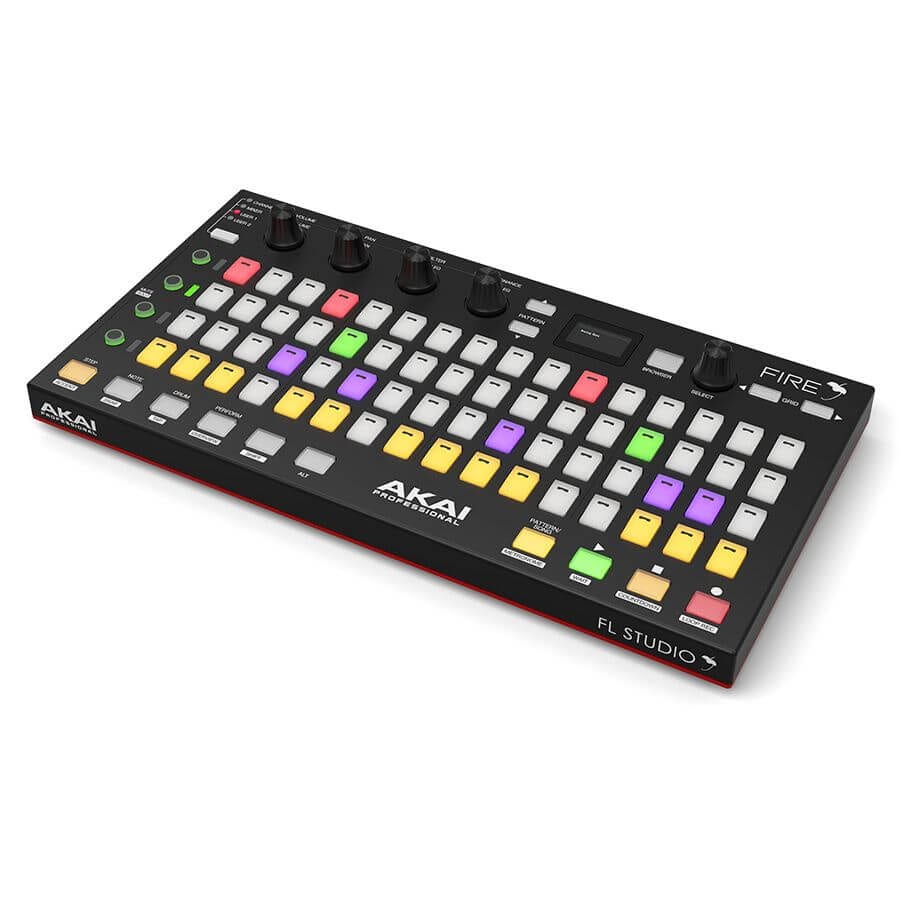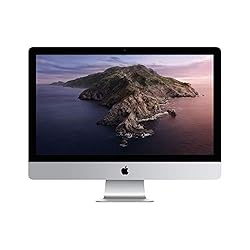Submit more FL Studio Wallpapers and Backgrounds 65+ FL Studio Wallpapers and Backgrounds Find HD wallpapers for your desktop, Mac, Windows, Apple, IPhone or Android device. FL Studio has always allowed the use of dual (or more) monitors but it may looks as if it is restricted to a single monitor. To use multiple monitors there are 2 options: Set the window you want to move to another monitor to 'Detached' (in the top left system menu). FL Studio is a fully-featured music production environment that provides multi-track audio recording, sequencing and mixing for professional and amateur artists who need to create high quality music tracks. State of the art audio handling tools. With FL Studio’s help, you can take advantage of a flexible. What's new in FL Studio 20.8.0.1377: Frequency Splitter - Split and process audio into 2 or three bands using Linear Phase or Low Latency filters from -6 dB to 96 dB Octave. Visualize frequencies with a Frequency Histogram, Heatmap or dual display. Instrument Tuner - Visual tuning indicator.
As an Amazon Associate we earn from qualifying purchases.
VisionTek VT4000 Universal Dual 4K Laptop Monitor Docking Station, Dual UHD Video, HDMI, DisplayPort, USB 3.0, USB-C, RJ45 Ports, for Mac & Windows (901005) 4.5 out of 5 stars 95 $160.10 $ 160. 10 $219.99 $219.99. Hooking up your PC to dual monitors was never a big issue, but it wasn’t always the case for Mac users. Until just a few years ago it was a major annoyance to hook up another monitor to your Mac. Fortunately enough, it can now be done much more easily, just by following a few simple steps. The trick is to find the right adapter. Alternately, you can set your larger monitor as your primary monitor in the windows display settings and FL (as well as anything else) should launch to your large monitor by default. That said, I think FL will remember how you last had it set. You can also detach the playlist and move it to a separate monitor.
Building a home studio is no small feat because there are a lot of things to take into account like what type of studio monitors should one choose.
What is more challenging is that many of you already opt to use your MAC computers for better audio recording and production. Hence, you must also know how to connect studio monitors to MAC.
As an overview, studio or reference monitors are loudspeakers that are specially crafted for audio production with short and flat frequency response. They’re used mainly in recording studios, labels, television sets, radio stations, movie production, and in all fields where sound quality is crucial to the end-result.
Setting up a Studio: The Considerations
In order to have better audio production experience, you must set your studio up correctly. When you do so, it is essential to choose an area in your home wherein the sound can be played loudly without disturbing your housemates and neighbors.
The basement will be the best place for this, but you can use any room and make it soundproof. Likewise, you must also have a good studio monitor.
Why Would One Need Studio Monitors?
Most audio engineers and sound producers use monitors in mixing and mastering. Masterization or mastering is a process in which the rough version of an audio project undergoes subtle, yet crucial modifications for a perfect end-result. This method allows the audio to be played on multiple types of audio systems without sounding out of place.
On the other hand, audio mixing, as its name implies, is a technique wherein the sound produced are combined to create one sound that has different levels of volume, frequency, dynamics, and panoramic position. Some add-ons can also be included like echoes and reverberations.
Nonetheless, a pair of monitors must be robust and durable to keep up with audio tasks while at the same time offering a precise and clear sound with a flat frequency. These conditions must be met and remain constant at different levels of volume.
How Do You Pick a Good Monitor?
Choosing the perfect monitor for your studio can be a difficult task since there is a wide array of products with different specs. Understanding the base components is crucial in determining the perfect type of monitor for one’s studio.
- The Case
The case’s design is especially crucial for sound distribution. The material used in crafting the case must not provide resonance to prevent the production of unnecessary echo sounds. The most commonly used materials are MDF and wood layers.
The two main types include bass reflex and closed cases. Closed cases trap air inside of the cabinet and provide a powerful and clear bass sound. On the other hand, bass reflex cabinets are made using a porthole on one of the monitor’s sides, also contributing to more powerful bass.
- Drivers
These are the parts that produce a sound that is why it is imperative to pick monitors with high-quality drivers.
The tweeter is a speaker that produces high-frequency sounds with values between 2,000 and 20,000 Hz, representing the maximum value that can be registered by the human ear.
Usually, they’re built from materials such as titanium or aluminum. The woofer is the part that produces low frequencies which requires a more ample movement of the membranes. Low-frequency drivers are usually made of elastic materials such as Kevlar.
Other parts to look out for are amplifiers, crossovers and generally all electronics. Try going for a reputable brand that’s within budget and stay clear of shady companies that provide cheap products and big promises.
How to Connect Studio Monitors to MAC: The Basics
Some people often think that connecting a studio monitor to a MAC computer is very complicated. That is owed to the fact that laptops, in general, do not have large RCA ports which are used by a vast majority of studio monitors or speakers.
With that in mind, an essential thing that you need to do is to provide your MAC with a port that is compatible with the connectors of the studio monitors.
Fortunately, with the advancement in technology, everything is quite more straightforward now. You no longer have to bring your MAC to a technician to have the ports modified. Below are some of the things that can help you deal with the main problem.
- Using Port Converters
An audio interface or input-output device is a helpful product that you can use so that you can connect your studio monitors to your MAC.
It is an item that has a USB or FireWire 400 end that can be directly connected to your computer’s USB port. The interesting thing about it is that you can also use it to connect microphones and musical instruments.
If the audio interface is not your thing and you want the port to be exclusive for your MAC, you can choose to purchase a PCI-based card. It is a product that directly connects to the laptop and has integral audio cables that can be directed to the studio monitors.
- Using Digital-to-Analog Converters
Using port converters or splitters is the easiest and fastest way on how to connect studio monitors to MAC.
However, a device called digital-to-analog converter is also now available and is recommended by some experts. As the name denotes, it is an item that converts the digital USB signal coming from your MAC to an analog feed once it reaches the studio speakers or monitors.
As similar to audio interfaces, your only task is to connect this device to your MAC’s USB port. At the end of it, there are two connections for the input and output RCA cables of your studio monitors.
Fl Studio Dual Monitors

Amazingly, most of these converters also have volume control knobs that will allow you to adjust the volume of the two speakers or just the left or right. Likewise, some brands come with an output for a headphone so that you can listen to the sound you produced clearly.
- Using Ground Wires
This is a technique that is only advisable for individuals who have electrical or technical skills. The advantage of this is that you no longer have to buy any converters since you will only be working with wires.
For this, you need to connect a grounded wire from your MAC’s chassis to the studio monitor’s chassis making sure that the power cords do not cross over each other or will not be near the audio cables.
Final Words
Patience is essential when setting up a new studio since the room’s acoustics must be studied, the materials and gear picked carefully, and all must be placed in perfect balance.
Connecting studio monitors will not be a hassle if you plan to use traditional audio mixing and mastering equipment. However, if you intend to use your MAC, you need to consider the suggestions given above.

Fl Studio Dual Monitors Mac Pro

Amazon and the Amazon logo are trademarks of Amazon.com, Inc, or its affiliates.